The spinal cord is a linear arrangement of many small bones known as vertebrae. These vertebrae consist of spaces between them known as intervertebral spaces. They are filled with cartilaginous structures that provide a cushioning effect to the vertebrae and support the movement of the spine. These cartilaginous structures are called Intervertebral discs.
Any pathology of the intervertebral discs such as disc herniation (slipping of the disc from between the vertebrae), ruptured disc, or degenerative disc disease may cause severe back pain due to nerve impingement, indicating the need for either partial or total disc replacement. In partial disc replacement surgery, only a portion of the cartilaginous disc is replaced by the artificial disc, while the total disc is replaced in the total disc replacement surgery.
Cervical disc degeneration and disc rupture may cause chronic neck pain radiating towards the arm. Thoracic disc degeneration may cause chronic upper/ mid back pain while lumbar disc degeneration may cause chronic lower back pain.
Before disc replacement surgery, a breathing tube is inserted into the body of the patient to ensure that he continues to breathe normally during the procedure. The procedure is performed under the influence of general anaesthesia, which is administered just before the surgery. An intravenous line is also attached to the patient so that relevant medicines and antibiotics can be administered before and after the surgery.
A signed consent is taken from the patient before the surgery. The consent informs that patient of the risks of the procedure. As a patient, you must clarify all your doubts from the surgeon before the surgery.
Depending on the site of injury, any one of the following three types of incisions are made:
Once the incision is made, the following steps are performed:
Step 1: The organs are retracted once an incision is made to enable visibility
Step 2: The damaged or protruding disc is removed
Step 3: An artificial disc in place of excised disc is placed
Step 4 The artificial disc is secured to the adjacent vertebrae
Step 5: A sealing material between the frictional surfaces of the artificial disc is placed, if required
Step 6: The incision is surgically closed
You may be discharged after two to four days, after a thorough evaluation by the physical therapists. You are taught the proper techniques of getting in and out of bed before discharge from the hospital. You should avoid bending or twisting for the first two to four weeks to avoid straining the surgical site. You may be advised to use braces if your condition requires support in the lower back.
You may recover and get back to normal activities within three weeks after disc replacement surgery. Studies reveal that patients who successfully undergo total disc replacement surgery remain asymptomatic and free from chronic back pain for an average of 8.7 years.
The recovery time after total disc replacement is significantly less than that of spinal fusion surgery. The mobility is not compromised, and the prognosis is good. The success rate of the disc replacement surgery is around 98 percent.
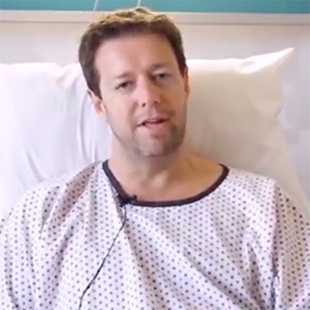
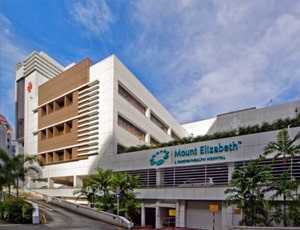
Singapore, Singapore
Mount Elizabeth Hospital is a multispecialty healthcare facility operated by Parkway Health. The hos...more
![]() Private Driver / Limousine Services
Private Driver / Limousine Services
![]() International Cuisine
International Cuisine
![]() Phone in Room
Phone in Room
![]() Online Doctor Consultation
Online Doctor Consultation
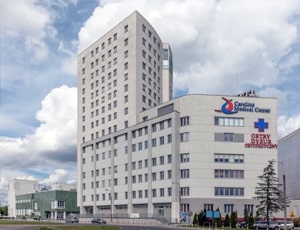
Warsaw, Poland
History Carolina Medical Center is one of the best and clinically advanced orthopedics and sports m...more
![]() Airport Transfer
Airport Transfer
![]() Choice of Meals
Choice of Meals
![]() Interpreter
Interpreter
![]() SIM
SIM
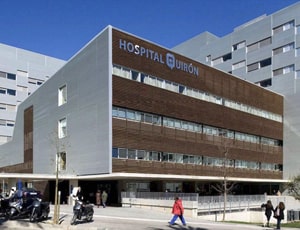
Barcelona, Spain
Quironsalud Barcelona Hospital is built at a very convenient location in Barcelona. The hospital is ...more
![]() Airport Transfer
Airport Transfer
![]() Choice of Meals
Choice of Meals
![]() Interpreter
Interpreter
![]() SIM
SIM
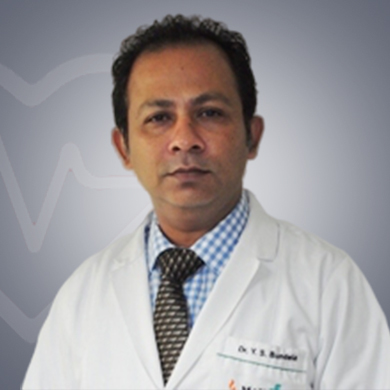
Neurosurgeon
Ghaziabad, India
18 Years of experience
USD 22 for video consultation

Neurosurgeon
Gurgaon, India
21 of experience
USD 50 for video consultation
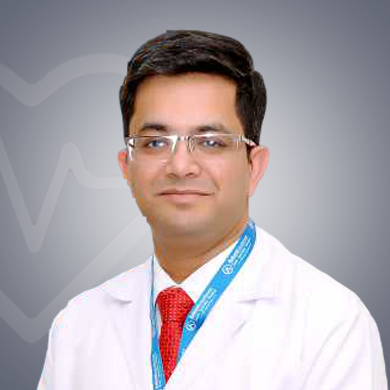
Neurosurgeon
Delhi, India
18 Years of experience
USD 32 for video consultation

Neurosurgeon
Gurgaon, India
13 of experience
USD 50 for video consultation
Q. What are the other treatment options for degenerative disc disease?
A. Physical therapy and the use of pain relief medications are non-surgical options. But these methods only relieve the pain and do not cure the condition. Surgery is the permanent treatment to cure this condition.
Q. Will I experience pain during the surgery?
A. A patient who undergoes artificial disc replacement does not experience pain during the surgery, as he or she will be on anaesthesia. Post surgery, the pain is effectively managed with the help of medications.
Q. Is it compulsory to wear braces after undergoing the surgery?
A. It is not mandatory to wear a brace after the surgery. However, if the patient requires lumbar support, braces are indicated.
Q. When can I move on to day-to-day chores after the surgery?
A. The patient can get back to normal routine activities within three weeks of the surgery.